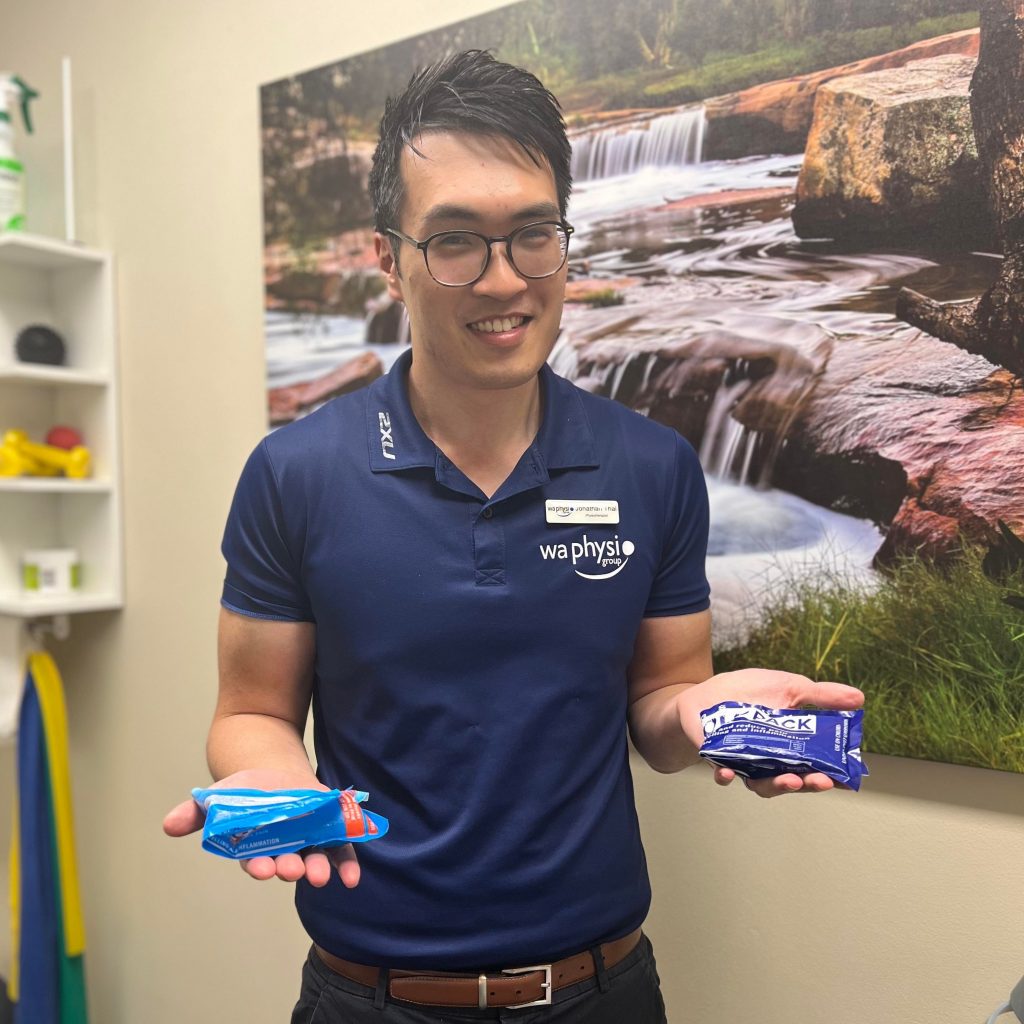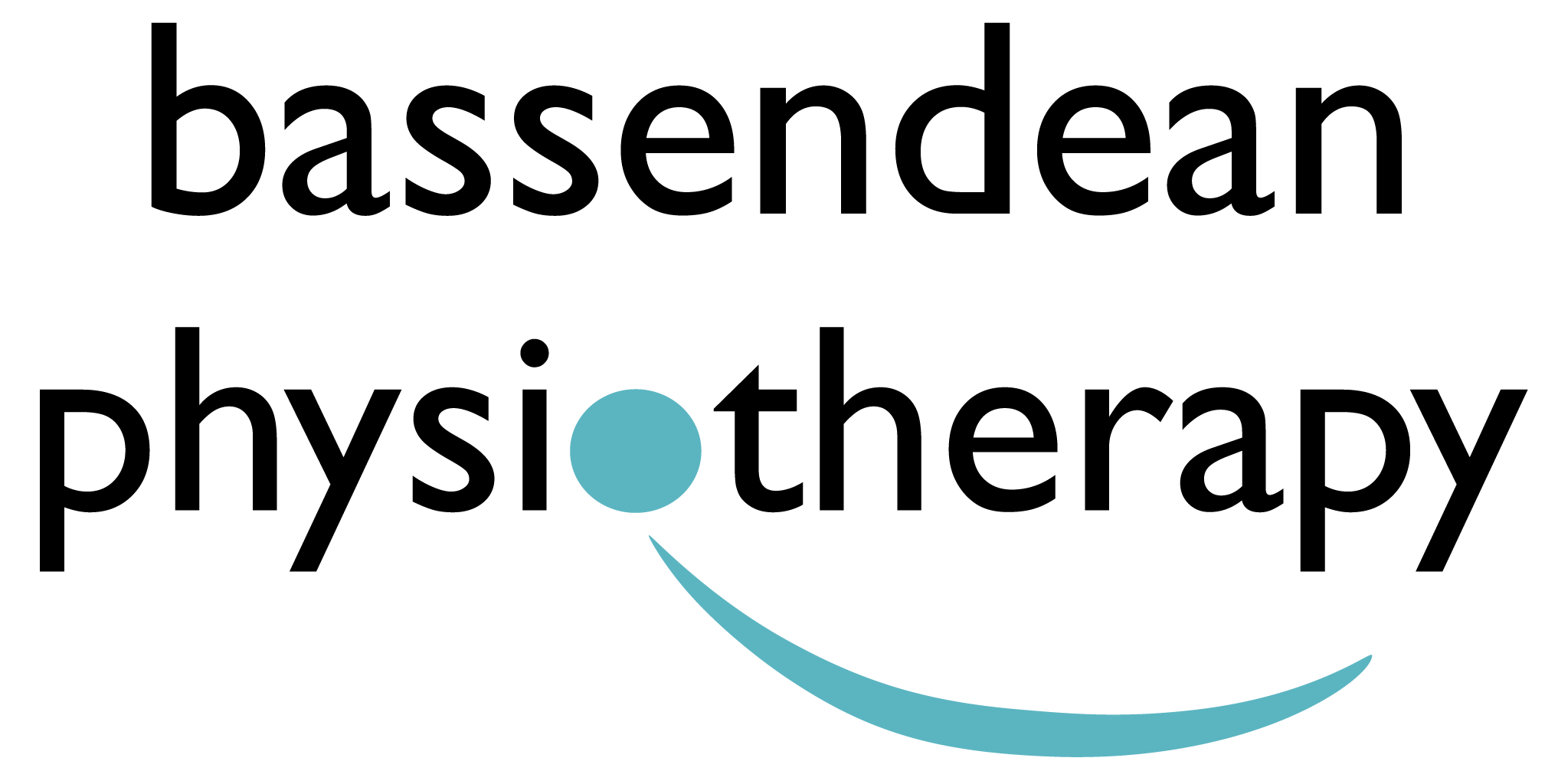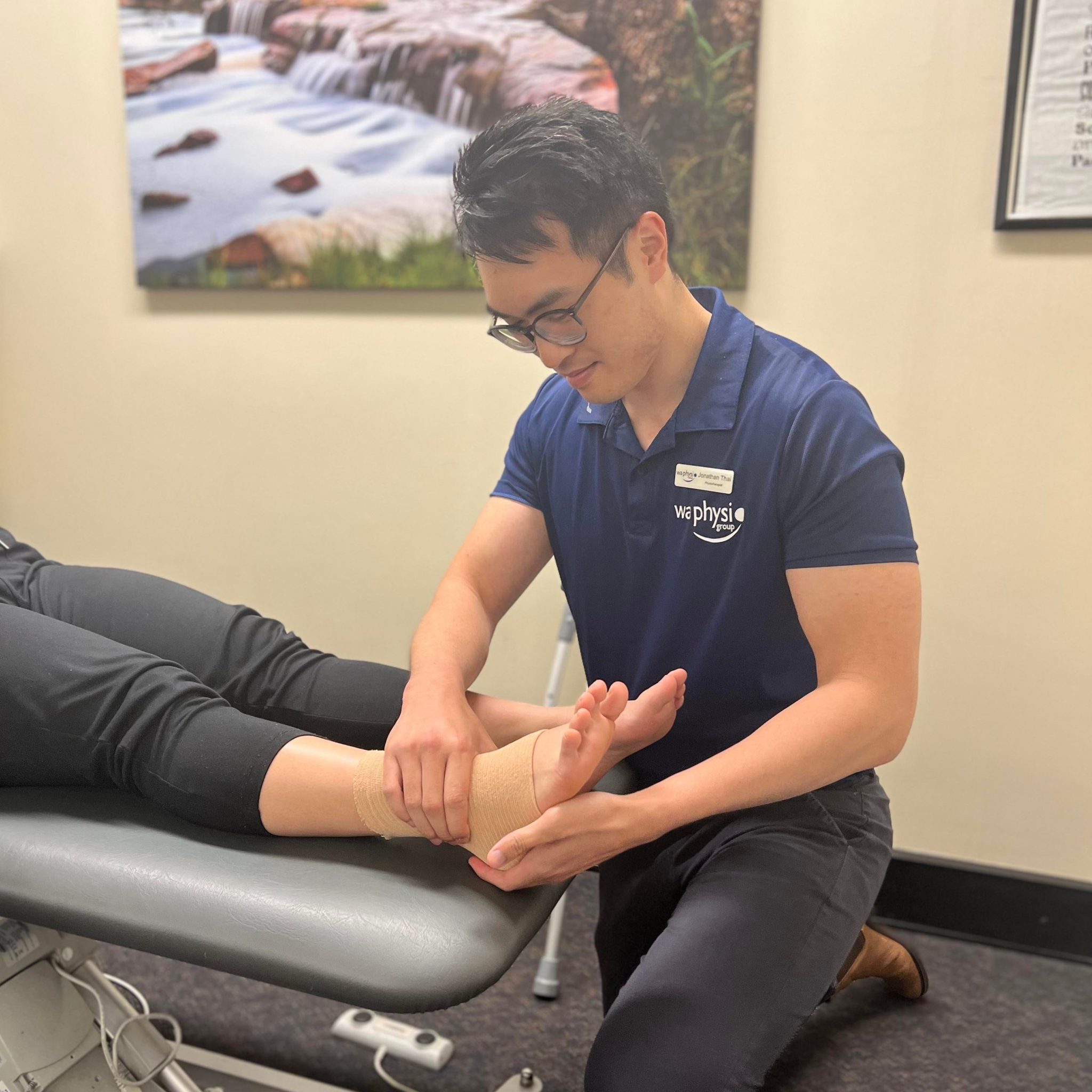To Ice or Not to Ice After an Ankle Sprain?
You’ve probably learned the acronym RICE growing up– rest, ice, compression and elevation.
But does that acronym still hold?
Why does the ankle get inflamed?
Inflammation is a normal response to tissue injury.
There is an increase in local metabolism to allow inflammatory cells to enter the area of injury – producing the all-too-familiar warm, red, and swollen appearance.
These cells help clear away damaged tissue to allow the growth of new healthy tissue.
The body cannot heal appropriately without the inflammatory response.
So why is ice controversial?
Ice produces a cooling effect of the skin surface which causes blood vessels to constrict, restricting blood flow, which helps to reduce inflammation after an acute injury. It also produces a local numbing effect which helps with pain.
But isn’t this a good thing?
Not necessarily…recent studies have shown that anything that interferes with the inflammatory response will also delay tissue healing.
The inflammatory process is highly regulated response to injury and externally influencing these factors can affect the quality of your recovery.
So, when do we ice then?
Severe swelling increases pressure on local tissues which increases pain, reduces oxygenation, and impairs joint/muscle function.
Significant pain levels inhibit mobility which impairs circulation.
If these factors are an issue, then it is recommended that you ice for short periods of up to 10minutes, 2-3x times over the first one to three days only.
But remember, ice is only one piece of the puzzle. See your local physiotherapist for a more holistic plan to get you back doing what you love.

Author

Jonathan Thai
Physiotherapist, Living Fit Instructor
Jonathan graduated with a Physiotherapy degree from Curtin University, and has worked in a variety of settings ranging from residential care, hospital and private practice.
Jonathan has a passion for delivering individually tailored physiotherapy to all his clients, and blends manual therapy with exercise therapy to help clients achieve their functional goals.
He can usually be found struggling to balance exercise with indulging on good food. Recently however, most of his spare time is spent lounging around with his cat whilst looking after his new baby boy.
Therapy Interests
-
Shoulder pain
-
Knee pain
-
Post-operative conditions
-
Resistance and plyometric training









